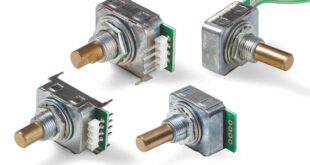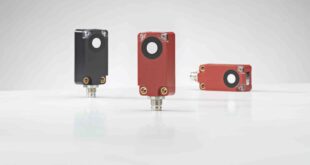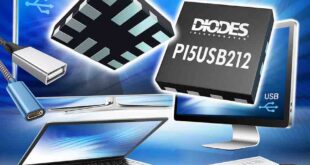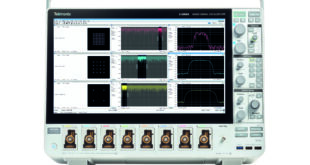Rohde & Schwarz presents a signal generation and analysis solution for measurements in the D band that will significantly simplify early next-generation mobile communications research.
The new R&S FE170 frontend extensions are easy to mount to and configure with the R&S SMW200A vector signal generator and the R&S FSW signal and spectrum analyser. The extensions will allow the two high-end test instruments to cover frequency ranges between 110 GHz and 170 GHz – key spectrum for beyond 5G, for 6G technology and for future automotive radar applications.The R&S FE170ST and R&S FE170SR extend the frequency range of the R&S SMW200A and the R&S FSW to 110 GHz to 170 GHz.
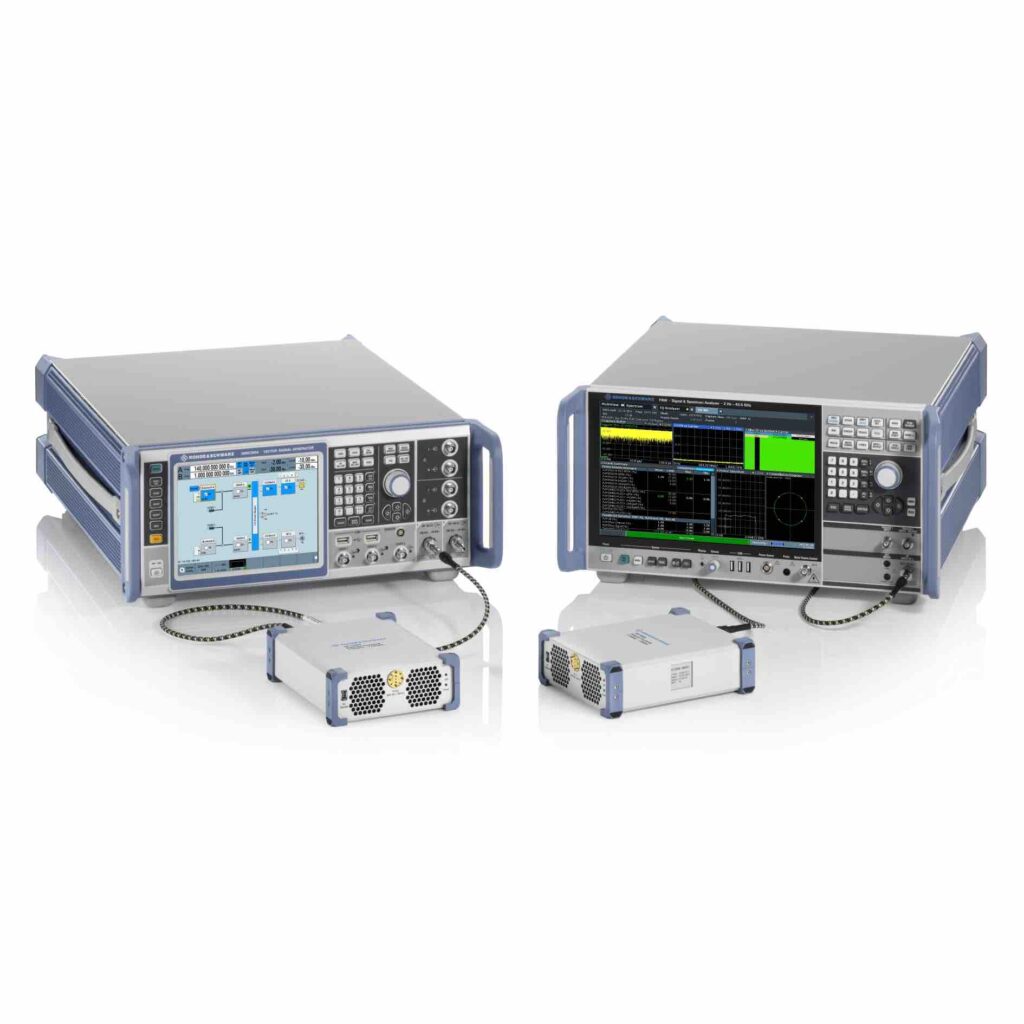
The easy-to-use solution for D band signal generation and analysis with excellent signal performance. The new R&S FE170ST (single transmit) and R&S FE170SR (single receive) frontends extend the frequency range of the R&S SMW200A vector signal generator and the R&S FSW signal and spectrum analyser to 110GHz to 170GHz.
The D band, which ranges from 110GHz to 170GHz, has been identified by academia and key industry players as a candidate frequency band for future mobile communications – in particular beyond 5G and for 6G – and for automotive radar applications.
A test setup for sub-THz research using the R&S SMW200A and R&S FSW is now easy to configure, since only three connections are needed (IF, reference frequency and LAN) to integrate the new frontends into the base units. Users simply have to enter the IP address in the user interface of the base units. After connection, the frontends are directly controlled by the R&S SMW200A and R&S FSW, since the frontends´ control unit is integrated in their firmware. Because all correction data is considered, this concept offers the major advantage of a fully calibrated solution.
With their compact form factor of 152mm x 190mm x 50mm, both frontends take up little space on the lab bench. Since the high-performance internal synthesiser provides a local oscillator (LO), the test setup needs no additional analog signal source, ensuring excellent phase noise performance. Smart accessories such as bandpass filters and TX power amplifiers further enhance the solution´s performance.
 Engineer News Network The ultimate online news and information resource for today’s engineer
Engineer News Network The ultimate online news and information resource for today’s engineer

